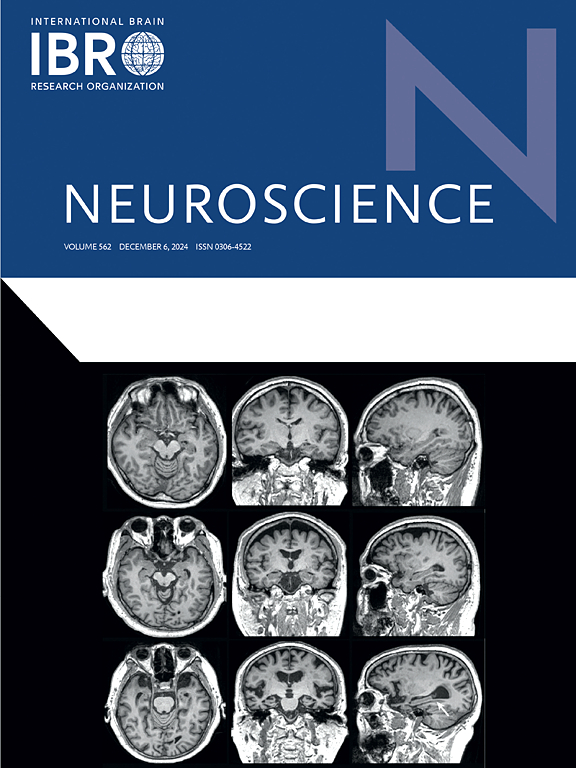A fully automatic radiomics pipeline for postoperative facial nerve function prediction of vestibular schwannoma
IF 2.9
3区 医学
Q2 NEUROSCIENCES
引用次数: 0
Abstract
Vestibular schwannoma (VS) is the most prevalent intracranial schwannoma. Surgery is one of the options for the treatment of VS, with the preservation of facial nerve (FN) function being the primary objective. Therefore, postoperative FN function prediction is essential. However, achieving automation for such a method remains a challenge. In this study, we proposed a fully automatic deep learning approach based on multi-sequence magnetic resonance imaging (MRI) to predict FN function after surgery in VS patients. We first developed a segmentation network 2.5D Trans-UNet, which combined Transformer and U-Net to optimize contour segmentation for radiomic feature extraction. Next, we built a deep learning network based on the integration of 1D Convolutional Neural Network (1DCNN) and Gated Recurrent Unit (GRU) to predict postoperative FN function using the extracted features. We trained and tested the 2.5D Trans-UNet segmentation network on public and private datasets, achieving accuracies of 89.51% and 90.66%, respectively, confirming the model’s strong performance. Then Feature extraction and selection were performed on the private dataset’s segmentation results using 2.5D Trans-UNet. The selected features were used to train the 1DCNN-GRU network for classification. The results showed that our proposed fully automatic radiomics pipeline outperformed the traditional radiomics pipeline on the test set, achieving an accuracy of 88.64%, demonstrating its effectiveness in predicting the postoperative FN function in VS patients. Our proposed automatic method has the potential to become a valuable decision-making tool in neurosurgery, assisting neurosurgeons in making more informed decisions regarding surgical interventions and improving the treatment of VS patients.

求助全文
约1分钟内获得全文
求助全文
来源期刊

Neuroscience
医学-神经科学
CiteScore
6.20
自引率
0.00%
发文量
394
审稿时长
52 days
期刊介绍:
Neuroscience publishes papers describing the results of original research on any aspect of the scientific study of the nervous system. Any paper, however short, will be considered for publication provided that it reports significant, new and carefully confirmed findings with full experimental details.
 求助内容:
求助内容: 应助结果提醒方式:
应助结果提醒方式:


